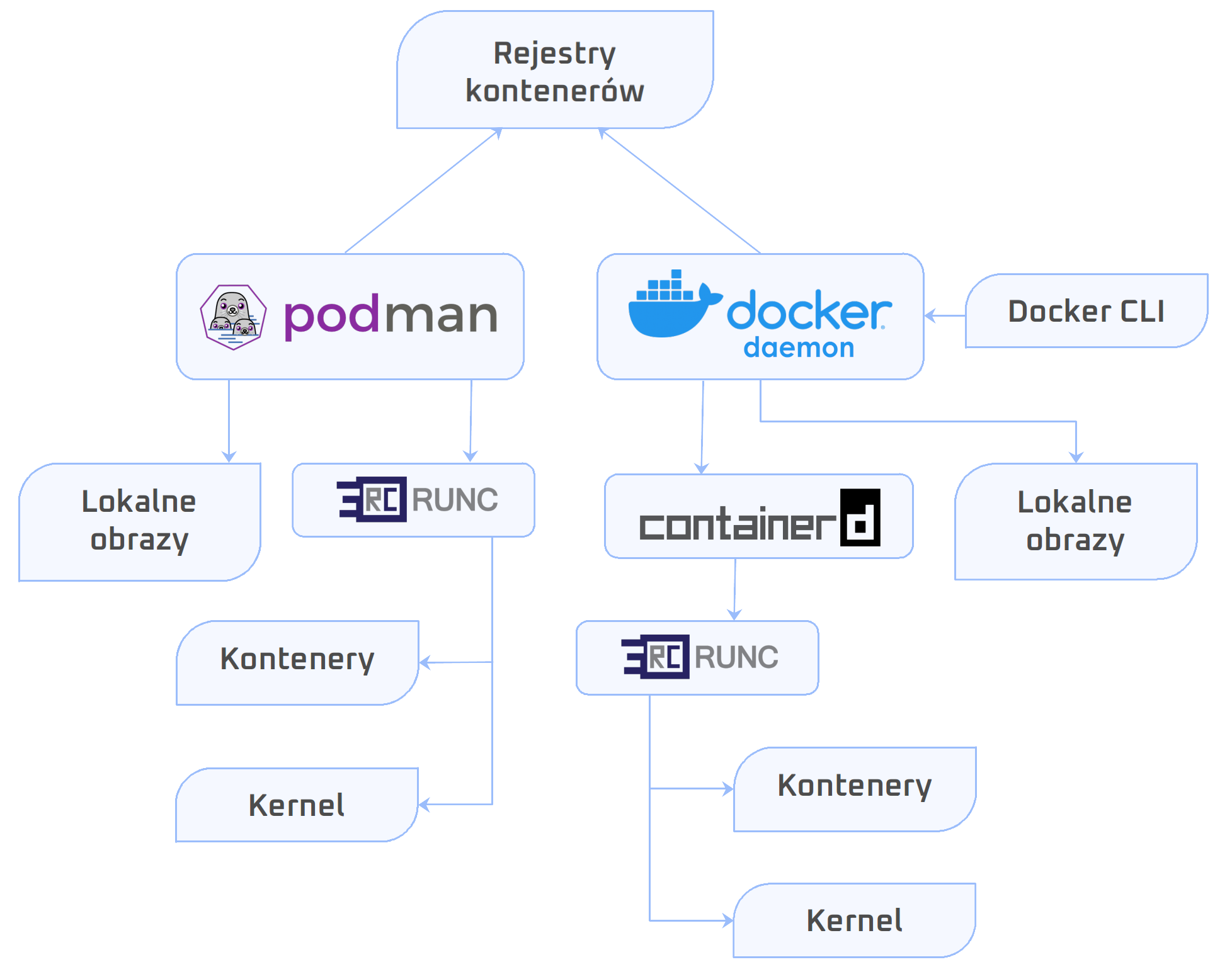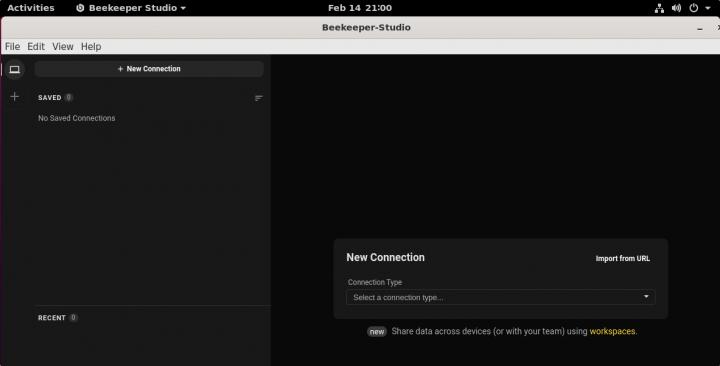

PGBOUNCER DOCKER CODE
Prerequisites #īefore we dive into some CLI commands and a bit of code below are some prerequisites best to have: In the following section, we will look into some good to have things before diving into the commands to run Postgres with Docker. You can read more about this on why to use docker. When a new team member joins, the new member can get started in hours, it does not take days to be productive.Generally with docker if it runs on your machine it will run for your friend, on a staging environment and production environment given the version compatibility is maintained.Using multiple versions of PostgreSQL as per project or any other need is very easy.There are many good reasons to use any database like Postgres with Docker for local development, below are some good reasons: Why use Postgres with docker for local development # Adding Postgres with Docker to an existing Node.js project.Why use Postgres with docker for local development.
PGBOUNCER DOCKER HOW TO
In this post, we will look into how to run and use Postgres with Docker and Docker compose step-by-step keeping things simple and easy. Running Postgres with Docker and docker-compose makes it very easy to run and maintain especially in a development environment. This official feature matrix shows the wealth of features Postgres has. Postgres (a.k.a PostgreSQL) is an open-source, standards-compliant, and object-relational database been developed for more than 30 years now. Hopefully, future releases of PgBouncer will make the HBA parsing behave more like PG’s, but for now this works quite well enough.Docker has shot up in popularity over the years. This is just a little gotcha that is easily worked around (as of version 1.7.2). In most people’s experience, if CIDR mask is /8, then the last 3 segments of the IPv4 address should be ignored if mask is /16, then the last 2 segments should be ignored–similar for /24 – however, it is not actually ignoring them, but requiring them to be set to 0. Psql.bin: ERROR: login rejected Observations $ docker exec -it mybouncer sed -i "s/0.0.0/0.0.3/" /etc/pgbouncer/bouncer_hba.conf $ docker exec -it mybouncer sed -i "s/17.0.0/0.0.0/" /etc/pgbouncer/bouncer_hba.conf $ docker exec -it mybouncer sed -i "s/16/8/" /etc/pgbouncer/bouncer_hba.conf $ docker exec -it mybouncer service pgbouncer restart $ docker exec -it mybouncer sed -i "s/0.4/0.0/" /etc/pgbouncer/bouncer_hba.conf $ docker exec -it myclient psql -h 172.17.0.4 -p6432 -c "select 1" prodb enterprisedb $ docker exec -it mybouncer cat /etc/pgbouncer/bouncer_hba.conf Now, if you want to use the server’s IP address, the CIDR parsing behaves a bit unexpectedly in order for bouncer_hba.conf to work as expected, the CIDR notation requires zeros for the masked/irrelevant portions (note that myclient has IP address 172.17.0.5, but as you’ll see, it’s not really relevant in the examples I show below): $ docker exec -it mydb cat /var/lib/edb/as9.6/data/pg_hba.conf Psql: ERROR: login pgbouncer]# psql -h 172.17.0.4 -p6432 -c "select 1" prodb enterprisedb

But if you use the server’s IP address (and not the loopback address), it’ll work: pgbouncer]# cat bouncer_hba.conf For example, using 127.0.0.1 won’t work unless the HBA file is set to 0.0.0.0/0. However, there are a few gotchas that make it a little tricky for new users, and I hope that clarify one of those with this post.

Since then, several improvements have been implemented, including the ability to use auth_type=hba, which implements a PG-like HBA authentication method similar to the pg_hba.conf format we’re all used to. I’ve been using it for many years, since it first became available in 2007. PgBouncer is a great tool for improving database performance with connection pooling.


 0 kommentar(er)
0 kommentar(er)
